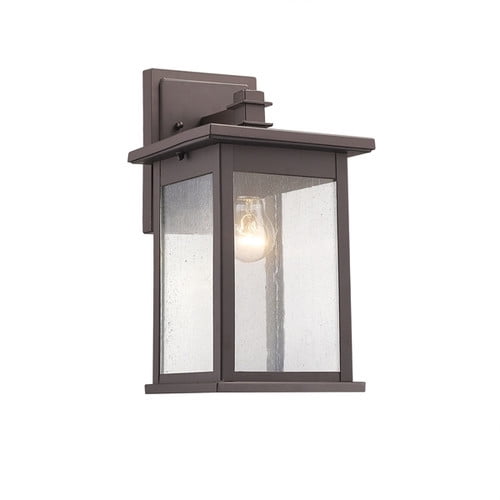
If, for instance, your shotgun is firing a 1-1/8 ounce load of number 4 steel shot, there are approximately 216 pellets per load (see chart below). This takes some time, but you’ll know the effective range of your shotgun with that choke/load combo. Test your shotgun at varying ranges with various chokes using the load you plan to hunt with.

Place the pushpin at the center of the paper target and stretch the string out so that you can draw a 30-inch-diameter circle. The average wingspan of a large American duck such as a mallard, gadwall, or black duck is about 30 inches, so on a large sheet of white paper or poster board you need to draw a 30-inch circle using a 15-inch string tied to a marker at one end and a pushpin at the other. The rule of waterfowling is that you need approximately 60-percent or more of your shot on target for a clean kill, and this takes some pre-season practice. Conversely, if you’re shooting at high-flying Passover ducks or shooting at the edge of your shotgun’s lethal range with an open choke you won’t have the density and pellet count you need to create a quick, clean kill. In these two cases, many hunters are actually overchoked, which means that the constriction of the shot is so tight and the pattern so small that you’ll be missing a lot of birds or hitting them with a shot pattern that is so dense it destroys a lot of meat. Prime cases of this include hunting early-season teal in small, cattail-choked potholes or shooting wood ducks along a creek in heavy timber. In some cases, the birds will be coming in quickly and will be close to your position before you are offered a shot. Your goal as a waterfowler is twofold: first, you need to understand how far away the bird is when you are shooting (and this can be tougher than you think), and to select the choke tube that gives you the optimum pattern at that distance. As pellets travel farther and spread out more, their lethality decreases, and your ability to make clean, quick, humane kills also decreases.


Chokes vary in constriction, which means that when your shot charge leaves the barrel, the swarm of shot will be wider or narrower at a given distance depending on your level of restriction.


 0 kommentar(er)
0 kommentar(er)
